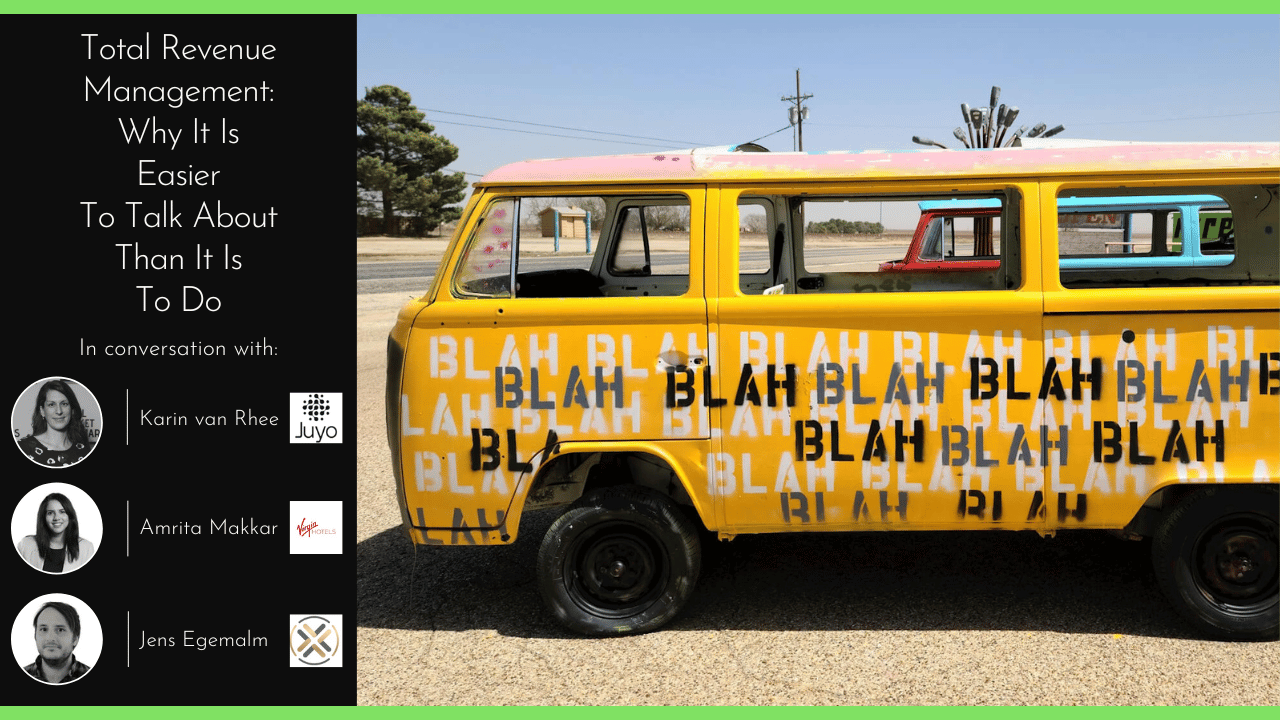
Are you in the hotel industry and want to implement a Search Engine Marketing (SEM) strategy, but are struggling to learn the ropes of campaign management? Let’s say you have a hotel, equipped with great rooms and a restaurant and bar. How do you support them both? In this post, we go over the SEM need-to-knows for hoteliers—everything from campaign structure to bid and budgeting to help you launch your SEM program and keep it sailing smoothly.
Structuring Your SEM Campaigns
Exploring your web analytics account is crucial. If you take a look around this account, you can familiarize yourself with the interface and notice the three-layer structure. Typically, layers include your account, campaigns, and ad groups. Your account is the umbrella under which all other layers reside.
Accounts are connected to unique email and billing information. Within your account, you can have multiple campaigns with their own budget and ad settings. Official recommendations suggest creating your campaigns to reflect the structure of your website with ad groups revolving around services or products.
Example:
You are a hotelier with a restaurant and bar, rooms ranging in size and luxury, and a spa. You might have campaigns for each branch of your hotel. Under the restaurant and bar campaign, you may have ad groups dedicated to your brunch specials, evening dining, or event spaces. Under your hotel room campaign, you may have ad groups dedicated to your suites or family discounts. As for your spa campaign, you may have ad groups detailing specific services or couple’s packages.
Often, ad groups and their keywords are the anchors to your SEM strategy. They are the foundation blocks of both managing and delivering your ads. If you decide to use AdWords, you can use the Keyword Planner as a way to brainstorm keywords that best fit your product, service, or customer. Ad group ads and keywords share a theme, and if a search query matches the theme, that ad is delivered. Using the example above, if someone were to search “family hotels,” your family discount ad under the hotel room campaign would be served. In short, when you create simple and organized ad groups, you’ll stay on course to reach your advertising goals.




